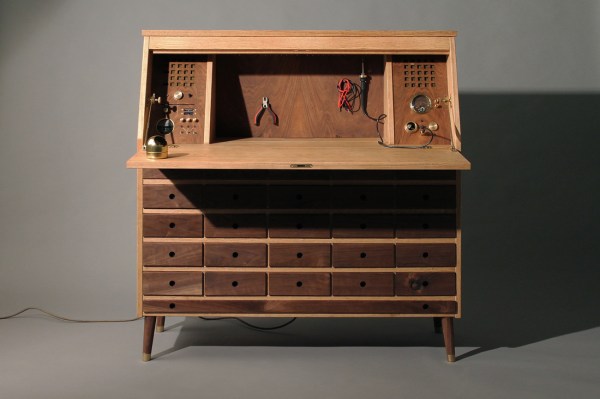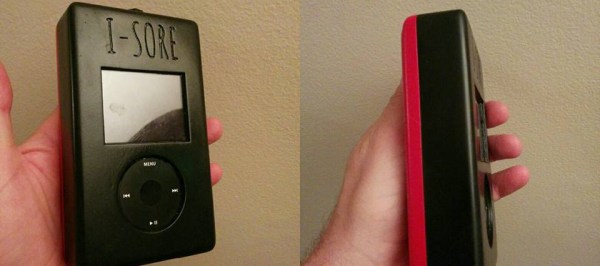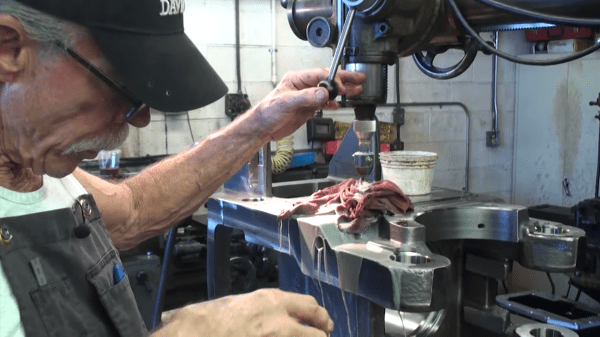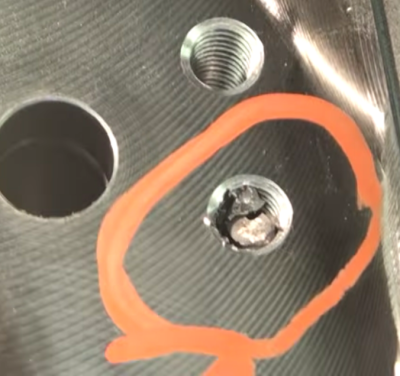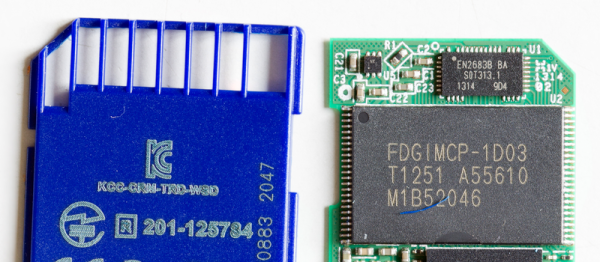For those of us with space to spare, our workbenches tend to sprawl. The others who are more space limited will certainly feel envy at [Love Hultén]’s beautiful Tempel workbench.
The workbench appears at first to be a modern interpretation of a secretary’s desk. There are some subtle hints that it is no ordinary piece of furniture. The glowing model of our solar system on the front, for example.
With the front folded down, rather than the expected leather writing pad and letter sized drawers, a few more oddities become apparent. The back is a pegboard which holds a small selection of tools. To the left, a checkered grid obscures speakers. Knobs control volume There are even USB ports. On the right sits another speaker. Banana jacks let you use the analog voltmeter. Most appealingly, the indestructible Hakko 936 soldering iron has been entirely integrated into the structure of the desk.
If you press the right button on the front, the desk will reveal its last secret. It contains an entire workstation somewhere behind the array of drawers on the front. A linear actuator pushes a computer monitor up from inside the cabinet, covering the pegboard in the back. Awesome.
There is a build log, but unfortunately it’s been imageshacked and only the words remain. We think [Love Hultén] has finally managed to build a soldering station that’s welcome in every room of the house except for the garage.

